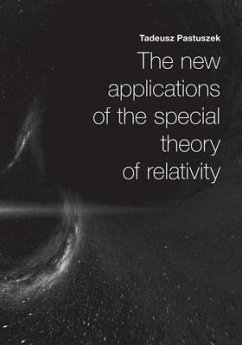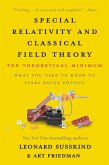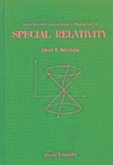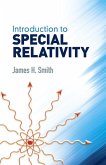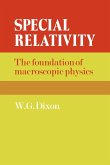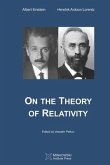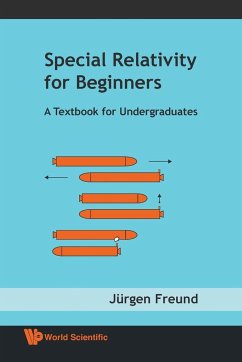The principle of minimum potential energy, a cornerstone in the laws of physics, has been understood by humanity for a considerable time. However, for many years, the true nature and storage location of potential energy remained a mystery. This ambiguity was resolved when Einstein introduced the special theory of relativity, demonstrating the equivalence of mass and energy through the iconic equation, E=mc2. This equation clarified that potential energy is essentially rest mass. If an object is stationary but still possesses energy, that energy must be potential energy. When we lift an object off the ground, its mass increases ever so slightly. Conversely, when we drop it, its mass-or potential energy-is converted into kinetic energy, adhering to the principle of minimum potential energy. Although the loss of mass in such processes is virtually undetectable, it becomes significant during nuclear reactions, where a noticeable amount of rest mass is converted into heat. The book offers a fresh and insightful analysis of the dialogue between special and general relativity theories. It explores implications that have not been considered until now, and further discusses the impact of these implications on modern physics. This provides a new pathway for understanding the almost mystical objects that are currently being discussed in the scientific community. Once these concepts are visible, they become obvious to the reader. Once discovered, they are strikingly beautiful in their simplicity, offering some answers to current questions in physics. The book doesn't question existing achievements; rather, it builds upon them to shed new light and offer new understanding that is highly sought after in today's scientific community.

